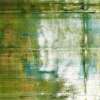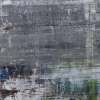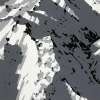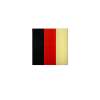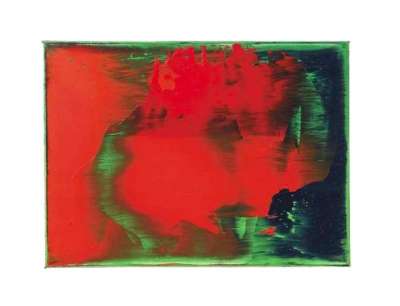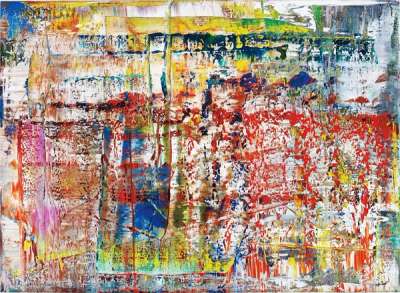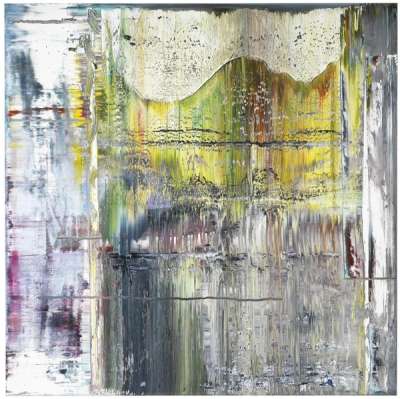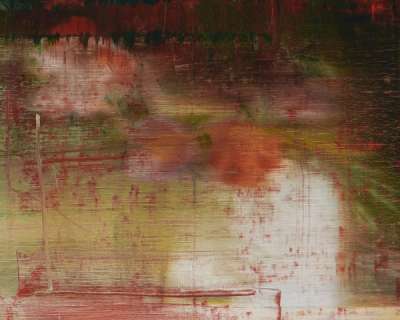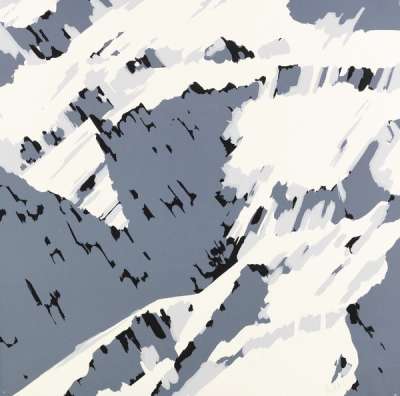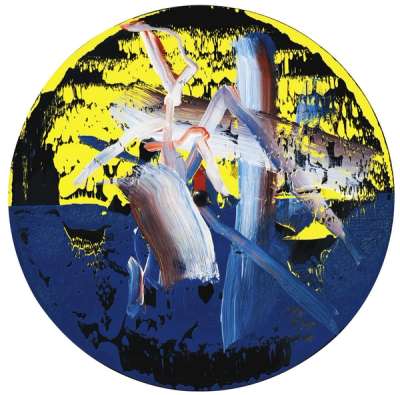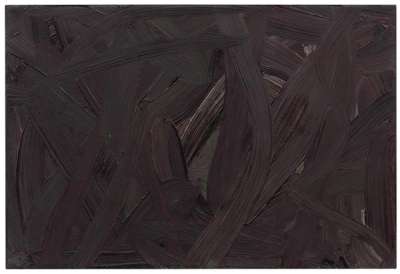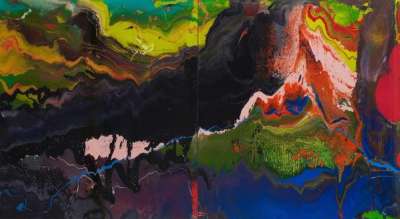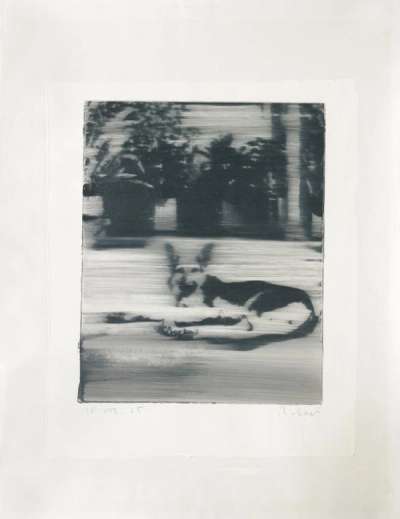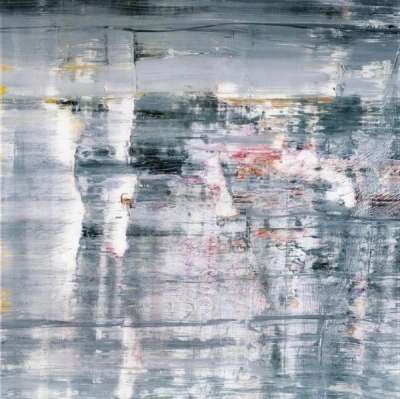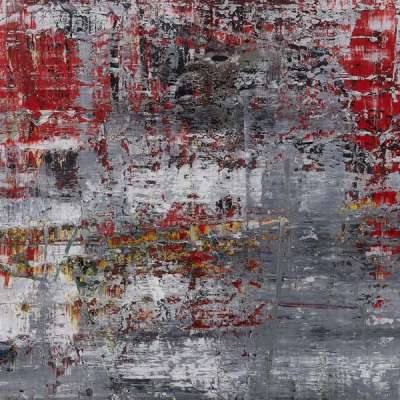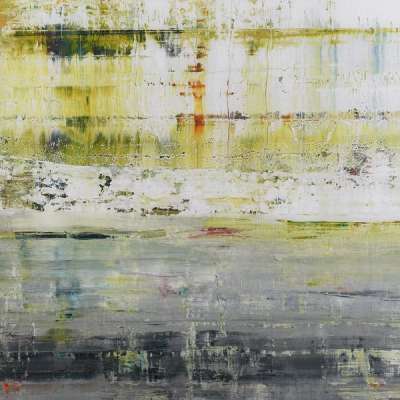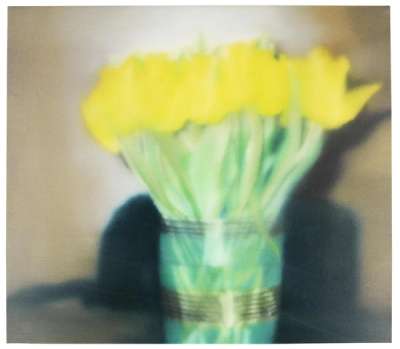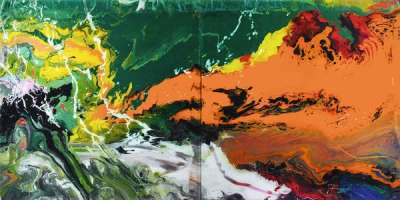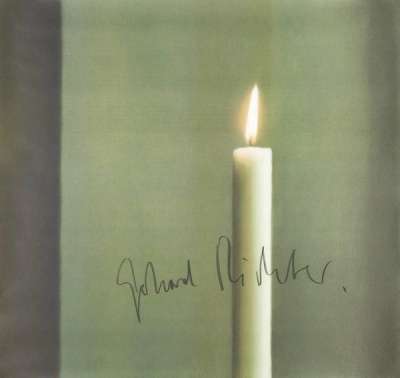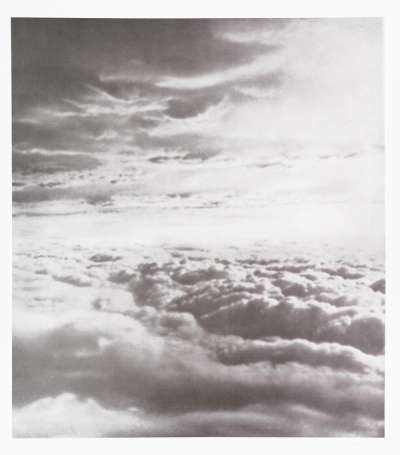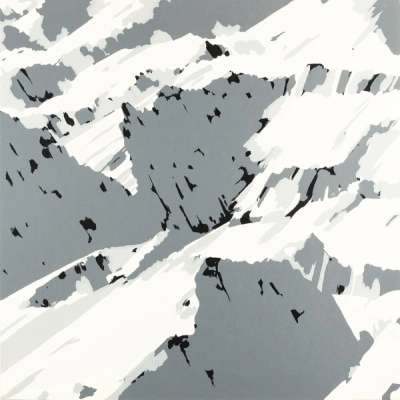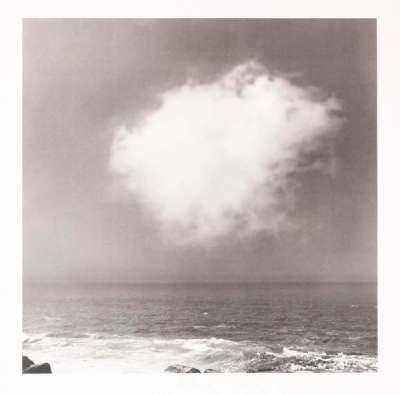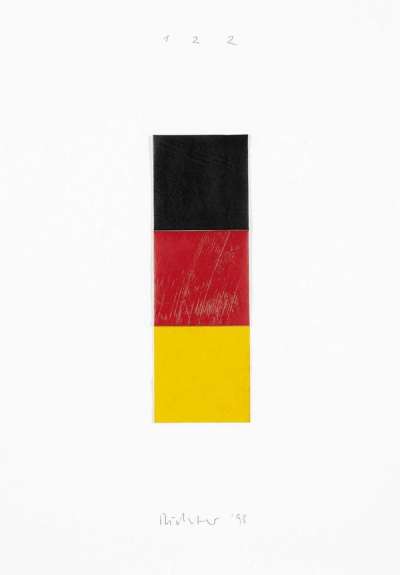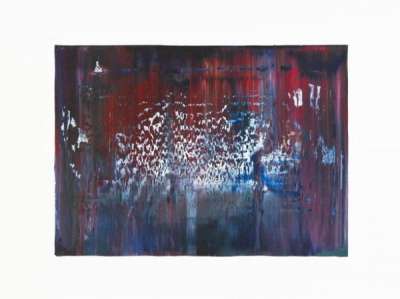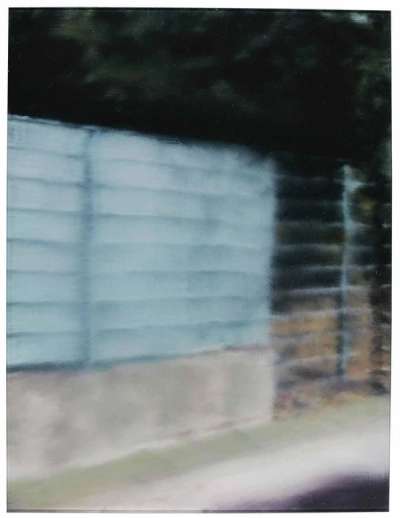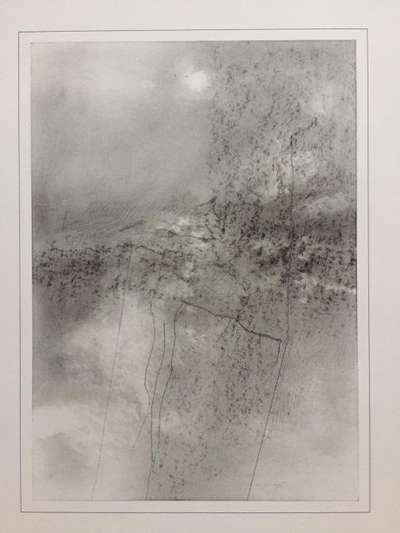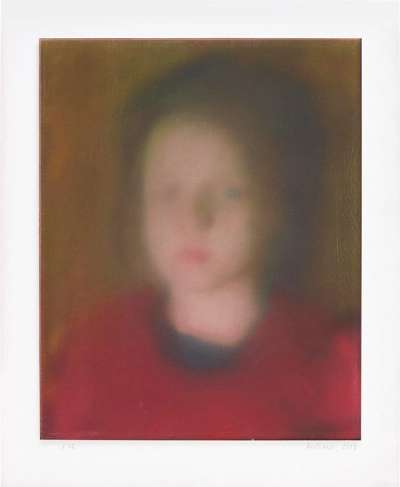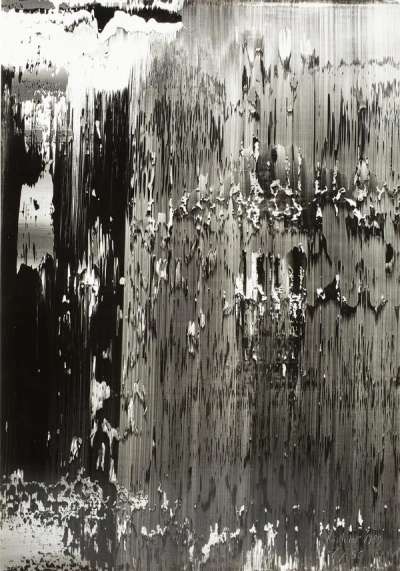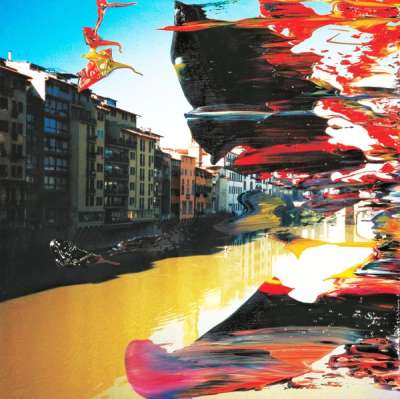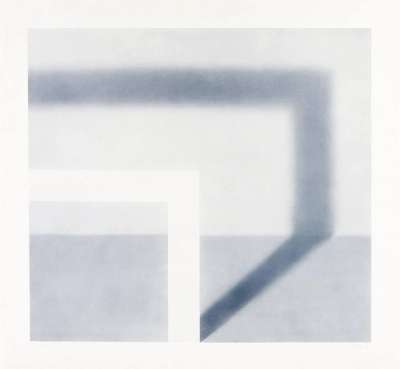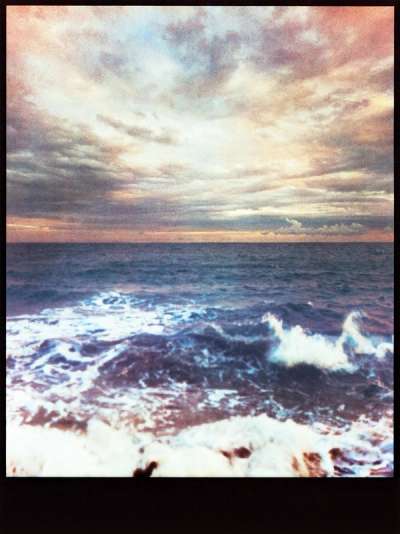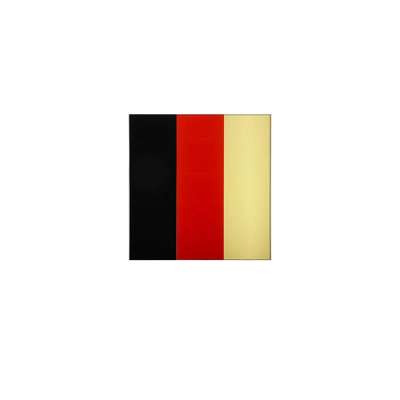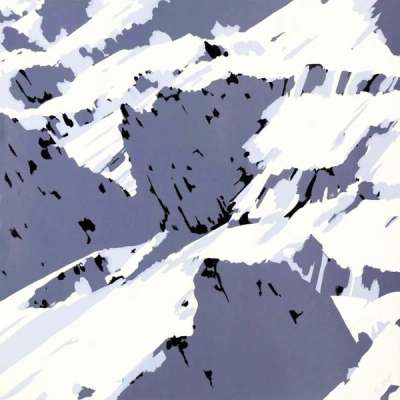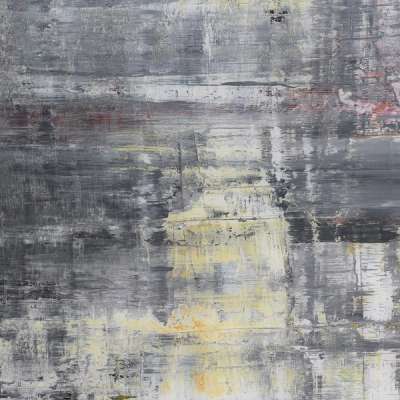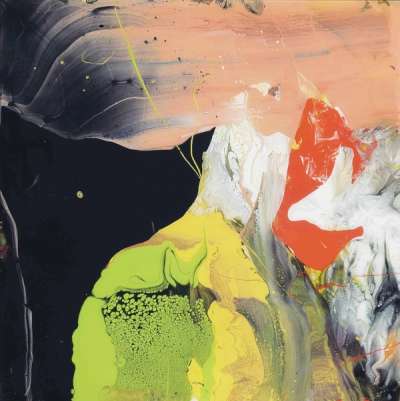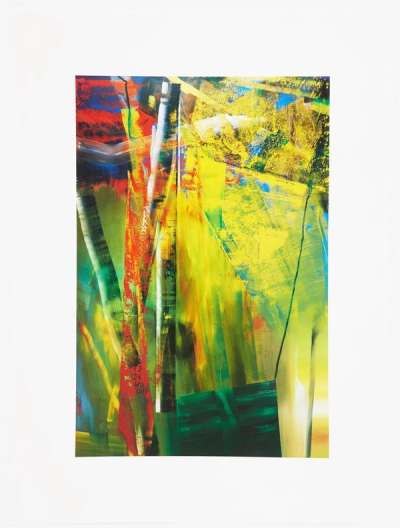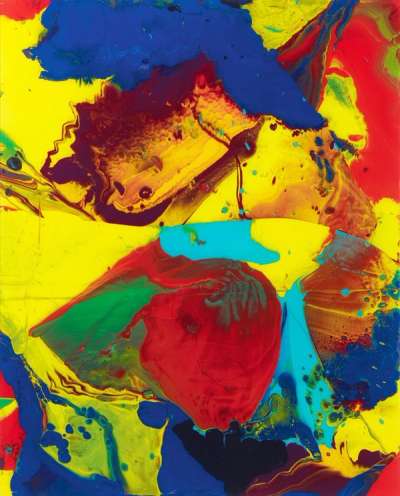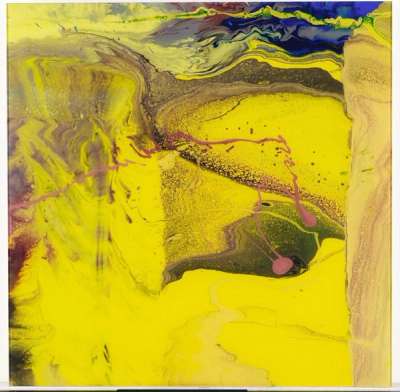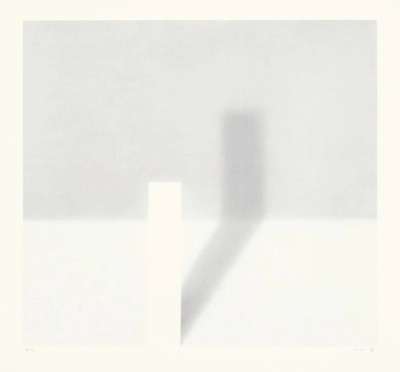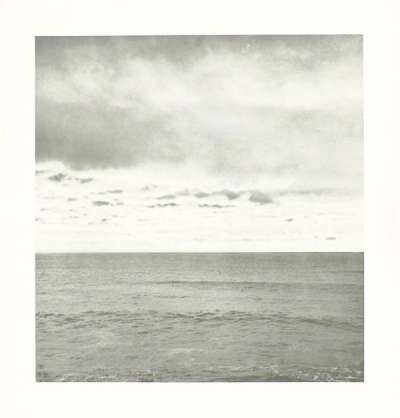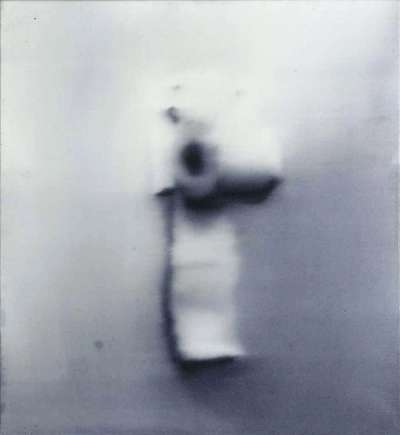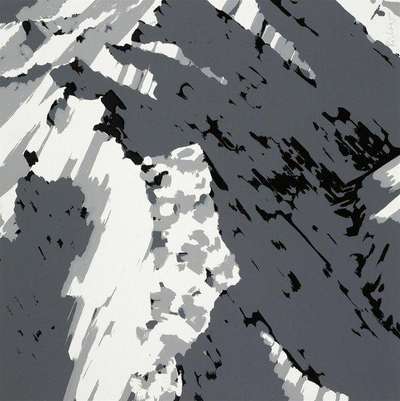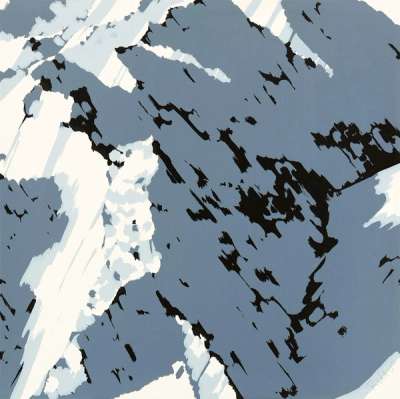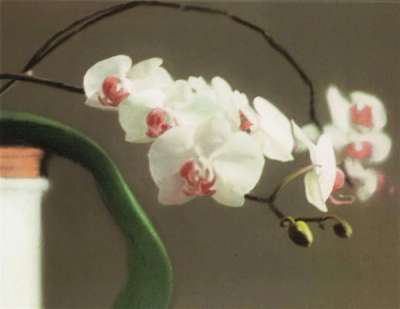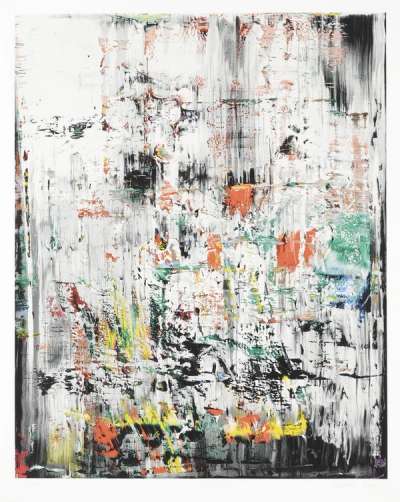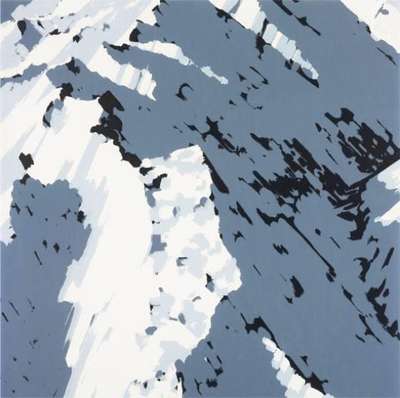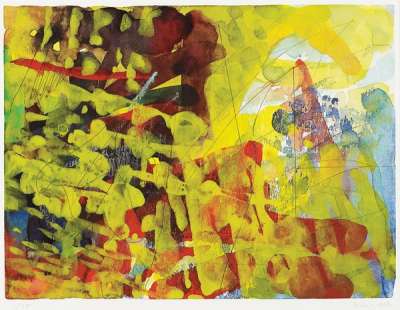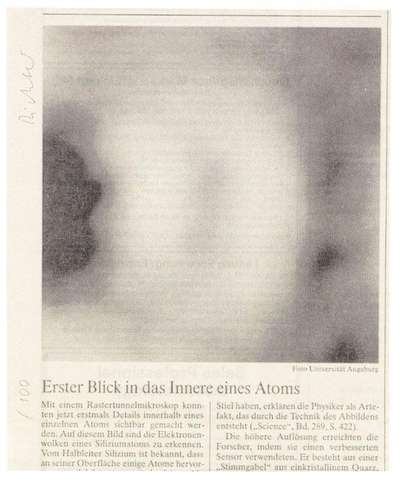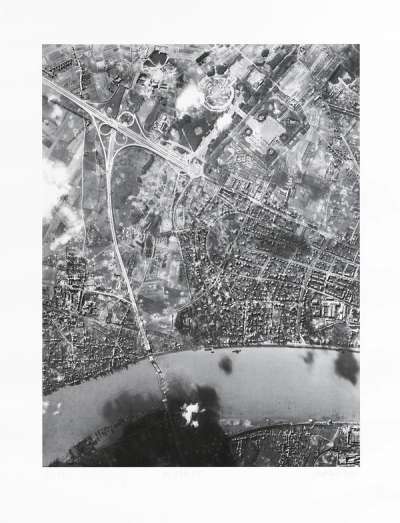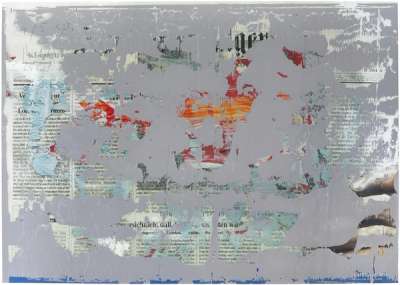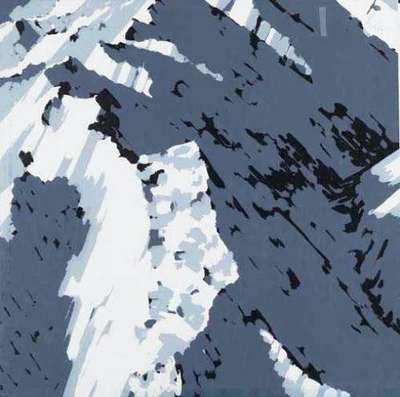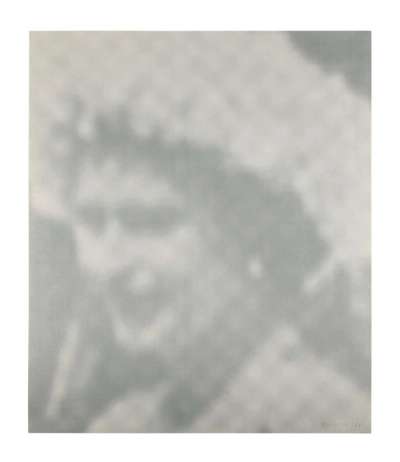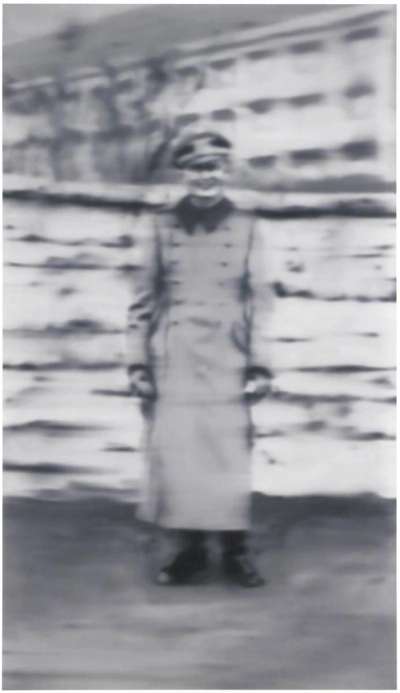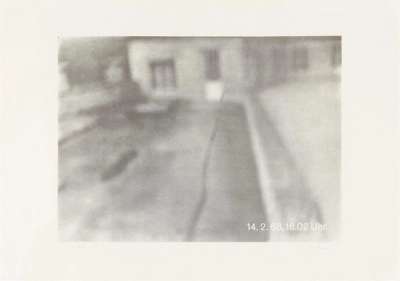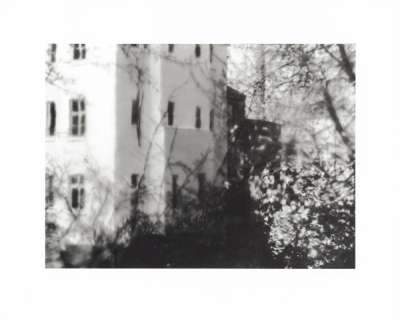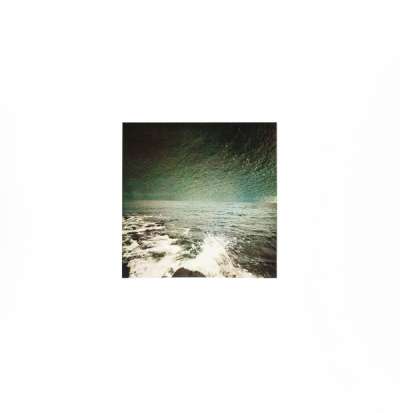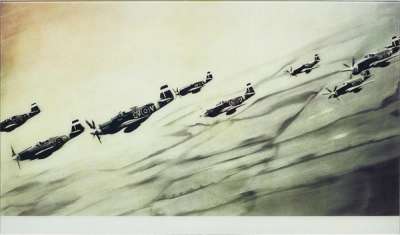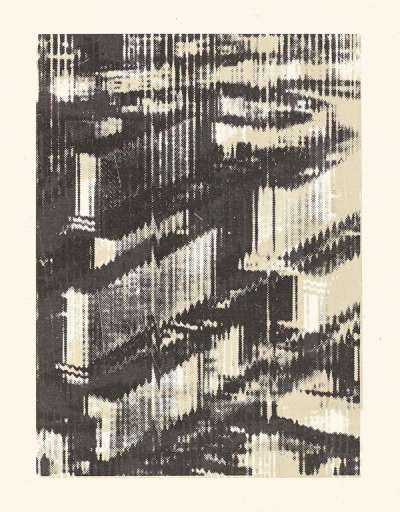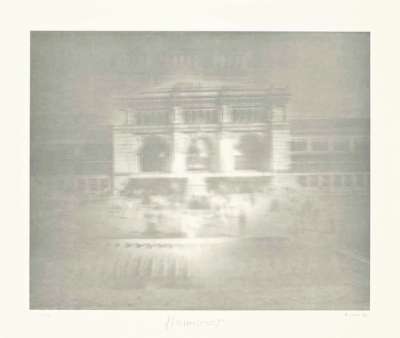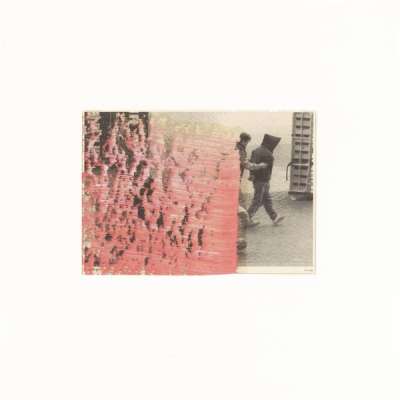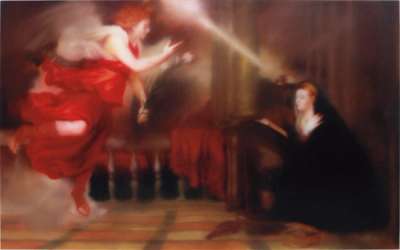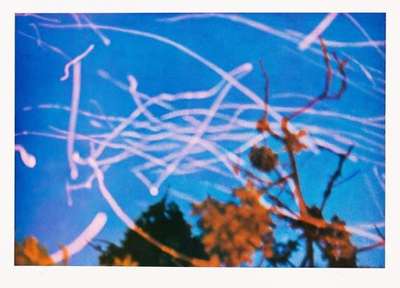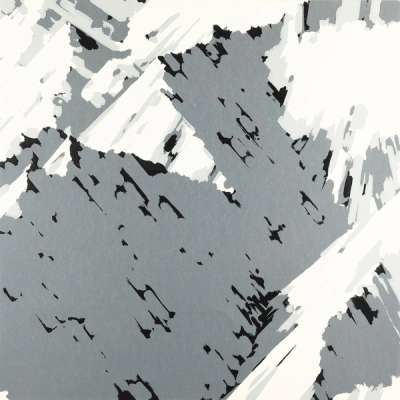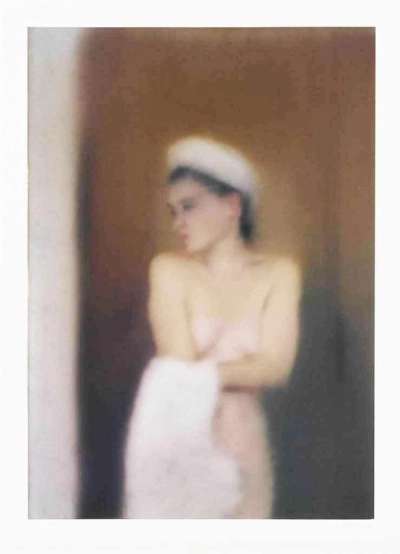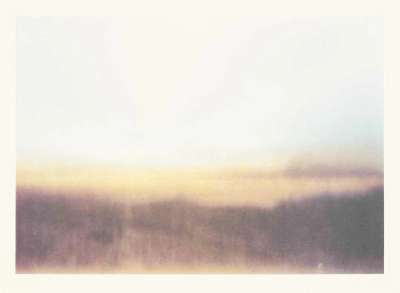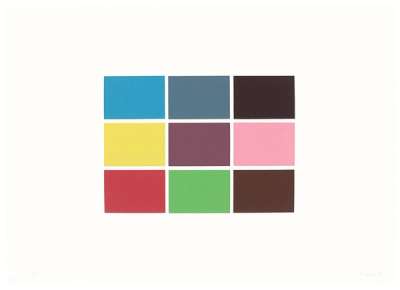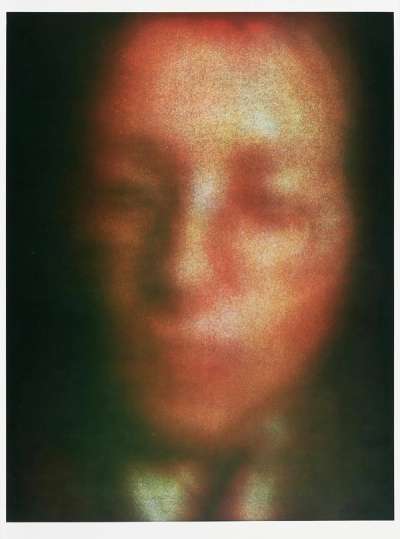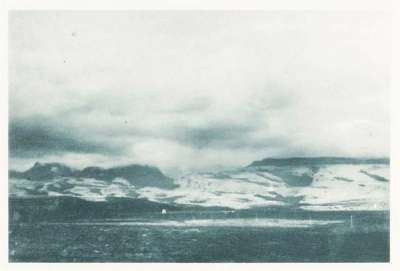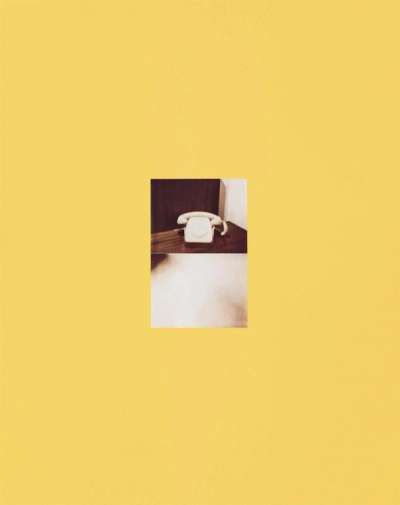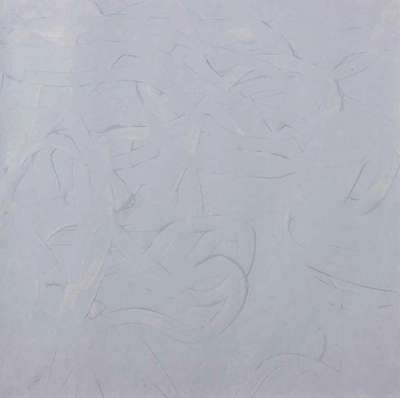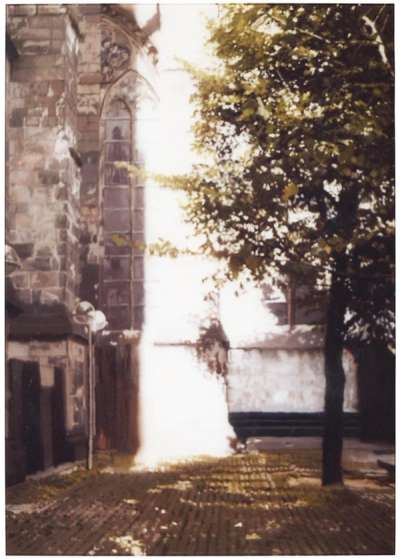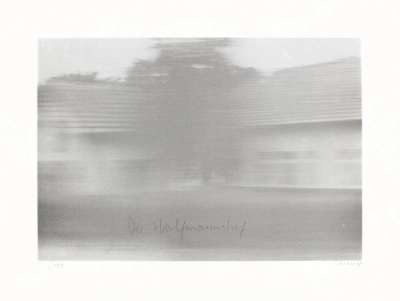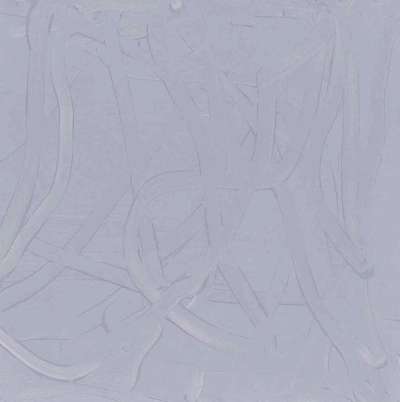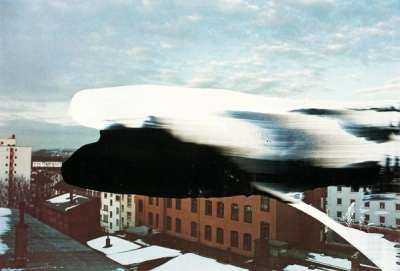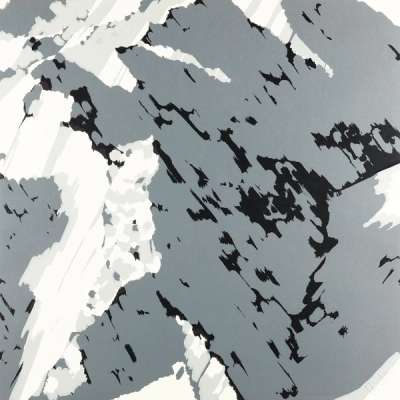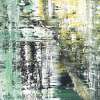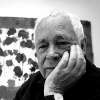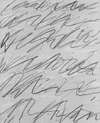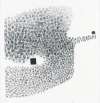Gerhard
Richter
Gerhard Richter challenges painting conventions, producing a diverse artistic output, from abstraction to photorealism and photography. If you’re looking for original Gerhard Richter prints and editions for sale or would like to sell, request a complimentary valuation and browse our network’s most in-demand works.
Gerhard Richter art for sale
Discover Gerhard Richter prints for sale, exclusively available through our private network of collectors. Explore signed and unsigned screenprints, lithographs, digital prints, and rare editioned proof prints by era-defining blue chip artists.
Sell Your Art
with Us
with Us
Join Our Network of Collectors. Buy, Sell and Track Demand
Biography
Unrestrained by any one visual style, German artist Gerhard Richter’s art spans abstraction to photorealism, glasswork to photography. Richter’s eclectic work is rich in varied media, from his famous reproductions of both banal and historic photography to his sheer panes of glass and church windows.
Born in 1932 in Dresden, Richter’s upbringing was shaped by the war and death that surrounded him. Though originally trained in the strict Socialist-Realist style, it is perhaps unsurprising that he would go on to produce work that advocates for the death of painting.
After the war, Richter was based in East Germany, where he studied mural painting at the Dresden Art Academy from 1951. Later, after a spell in Moscow, he decided to defect to West Germany, where he made a living building carnival floats and painting theatre sets, before studying at the Düsseldorf Art Academy. It was here that he began his art career in earnest.
After some initial disappointments, Richter’s career began to take off in the mid-1960s and 1970s, when he started using photographs from magazines and newspapers to inspire his paintings. These works that established him as a notable artist and led to exhibitions across Germany in 1964 and 1965. Moving into the 21st century, Richter became increasingly focused on abstraction, transparency, narrative, and a return to the bold colours of his early career. He revisited the medium of glass to blur the lines between wall-based art and sculpture, in series such as Eight Grey, works such as Pane of Glass (2002), and in commissioned stained-glass windows.
In 2005, Richter released a painting based on a photograph of the attacks on the World Trade Center of 11th September 2001. He deliberately erased the point of impact and left it up to the viewer’s knowledge to fill in the narrative. This idea of narrative is key to all of his later abstract works; Richter’s paintings give an indication of the story, and the reader creates the rest.
To this day, Richter is one of the most recognised artists of the 20th century. Richter’s art has been presented in exhibitions all over the world. In 1993-94, the first retrospective of Richter’s work travelled through Bonn, Stockholm, Madrid, and Paris; and, in 2002, to mark the 70th anniversary of Richter’s career, a second was held at the MoMA in New York. Since 2010, many more exhibitions have been held at prestigious galleries across the globe, including Wako Works of Art in Tokyo, Museum Ludwig in Cologne, and The Drawing Center in New York.
